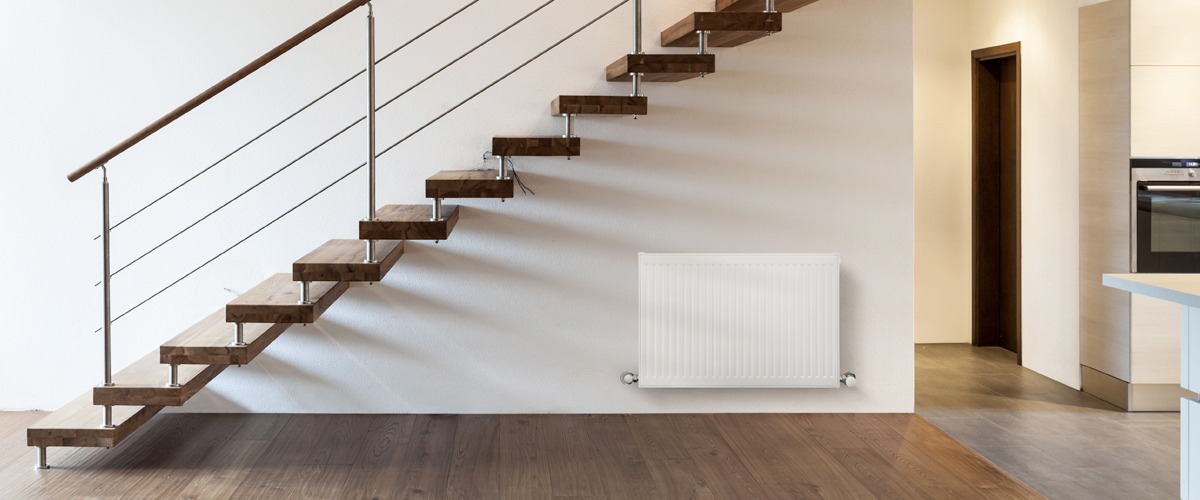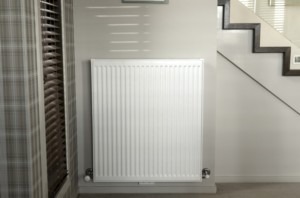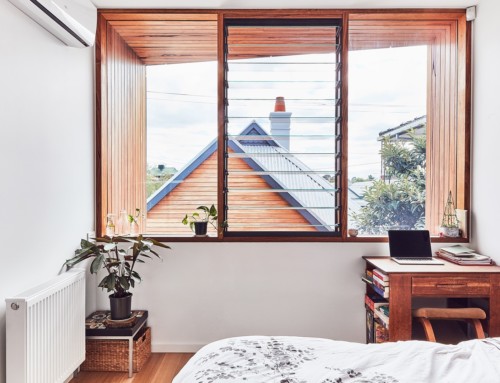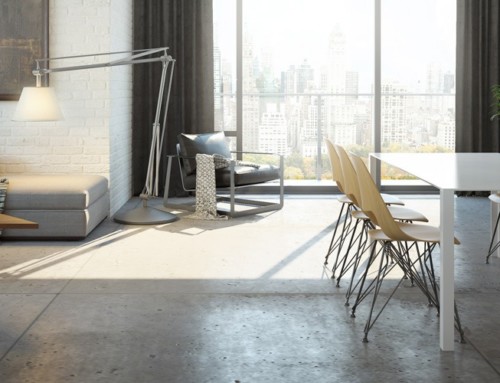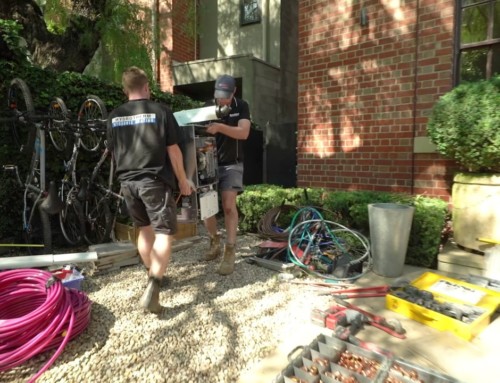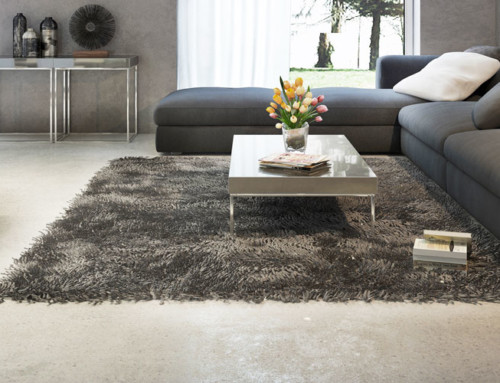Hydronic Heating, What It Is & Its Benefits
Hydronic heating is a form of in-home heating usually installed in homes at the time of being built due to its method of heating water with a gas boiler and transporting the hot water through pipes around the home to disperse an even heat.
The hot water is distributed via radiator panels in the home or through concrete flooring which is very conductive to heat. It allows for an even heated temperature throughout the home as the process eliminates any form of forced air similar to ducted heating that would usually force the heat to rise quicker and create cold pockets within the home.
Hydronic Heating is being hailed as the most energy-efficient and cost-effective form of heating in a home, with one of the main reasons being its ability to operate two or more separate piping systems from a single hydronic boiler which allows for customised heating options in different zones. That way, different zones can be heated to different temperatures or some zones not heated at all whilst they’re not being used which makes for cheaper running costs and less energy being used to heat the home. Each radiator can be adjusted individually using a thermostat to determine the ideal temperature which caters for differing comfort requirements of each living space.
Hydronic Heating systems transfer their heat via a process of thermal radiation and convection. The heating source is an energy efficient gas boiler that transmits the hot water through piping and into the wall panels or through slab heating like concrete flooring. A circulating pump then moves the hot water through the system and returns it back to the boiler and is reheated with a reticulating system. Where natural gas is not available, Hydrotherm Hydronic heating systems can use LPG boilers, electric heat pump or solid fuel systems as the main heat source.
Aside from the benefits of increased energy efficiency and lower energy costs, hydronic heating is also the most allergy-friendly form of home heating as it doesn’t force any air around the house so is not responsible for circulating allergens. Similarly, with ducted or central heating systems, the heat is pushed through air and quickly rises which gives cool drafts and leaves the space that you occupy cold as soon as the system is turned off. Hydronic heating heats from the floor or walls upwards without forcing the heat with air which means every inch of the home is heated to the same temperature as the heat continues to rise upwards.
Want to find out how to get hydronic heating in your home? Contact Us to get an online quote today!



